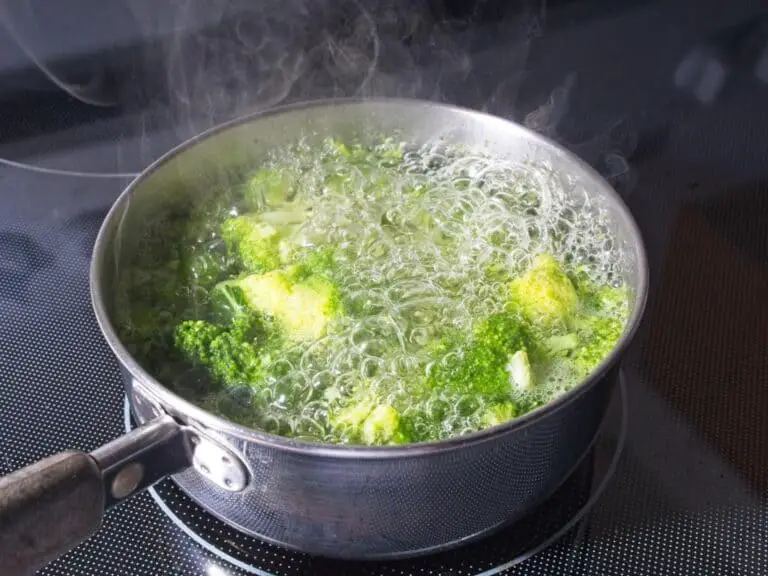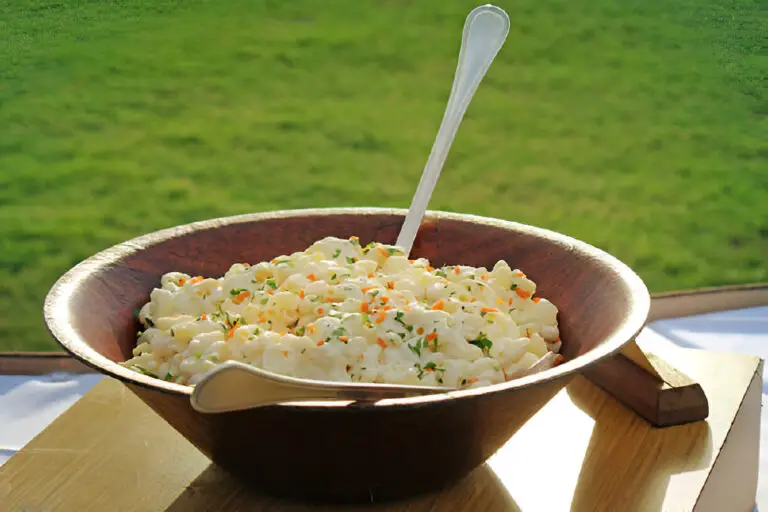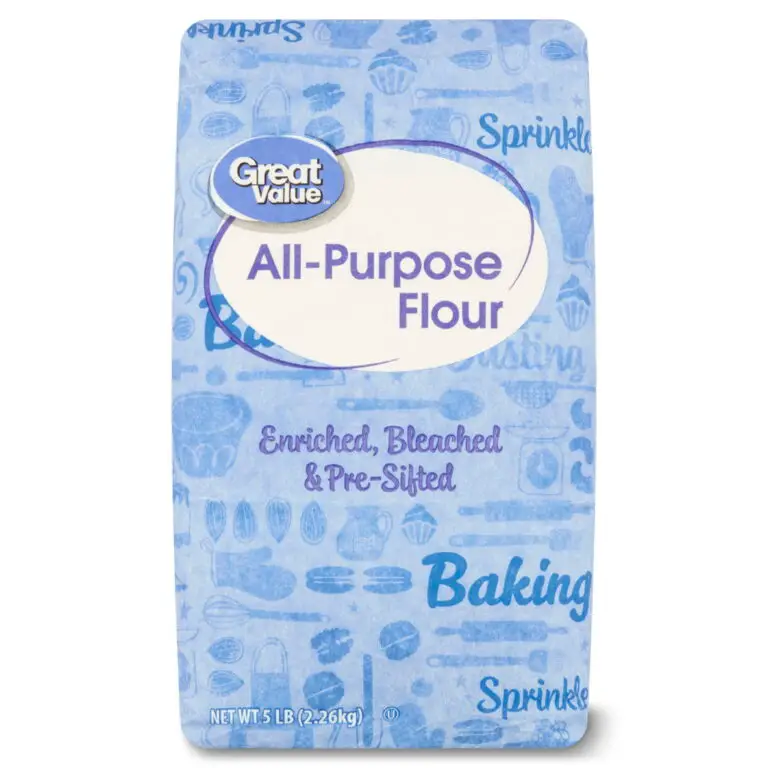Is It Ok to Eat a Slimy Onion? Has a Soft Onion Gone Bad?
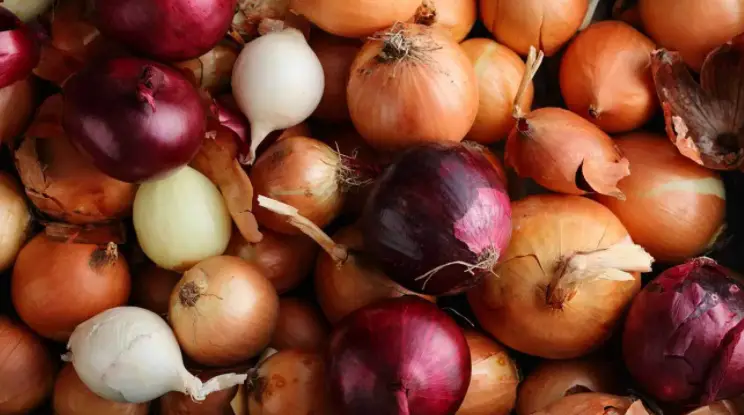
Onions are a kitchen staple, adding depth and flavor to countless dishes. However, encountering a slimy onion in your pantry or refrigerator can be a cause for concern.
You reach into the pantry or refrigerator, expecting the crisp texture of an onion, only to be met with an unsettling sliminess. Panic sets in, and questions flood your mind: “Is it OK to eat a slimy onion? Has a soft onion gone bad?”
Fear not, culinary adventurer, for we’re about to embark on a journey through the mysteries of onion freshness. We will talk about the different ways onions can be fresh, the signs that they are going bad, and how to make smart choices about the onions in your kitchen.
In this exploration, we’ll unravel the science behind a soft onion, decode the signals of spoilage, and arm you with the knowledge needed to confidently decide the fate of that questionable vegetable in your hand.
Introduction to Onions and the Slimy Texture
Onions are one of the most important things in the kitchen because they add strong flavors to so many dishes. From savory soups to mouth-watering stir-fries, the onion’s versatility is unparalleled. Their crunchy texture is a familiar delight, making the encounter with a slimy onion a perplexing moment in the cooking narrative.
Imagine the usual crispness giving way to an unexpected slipperiness as you handle the onion. This unusual texture prompts a critical question: Is it still suitable for consumption? To help you solve this culinary puzzle, let us look into the details of why onions are slimy.
This sliminess can be attributed to various factors, including excess moisture, improper storage, or the onset of spoilage. A deeper understanding of these nuances empowers us to make informed decisions about the fate of our onions, ensuring that every culinary creation is a delightful experience.
Is it OK to Eat a Slimy Onion?
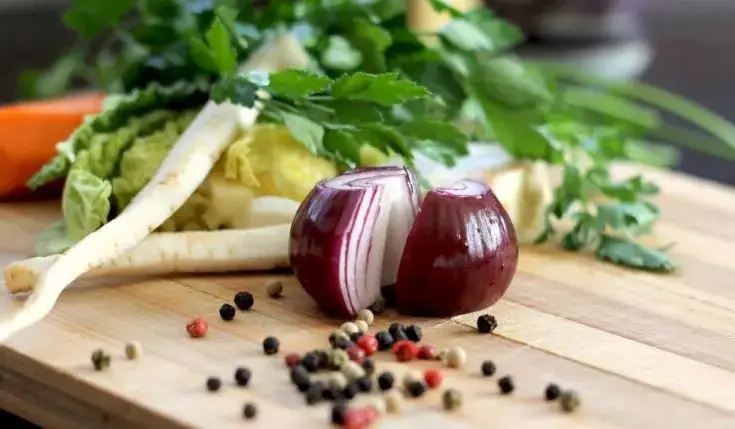
A slimy onion can be safe to eat as long as the slime is not of bacterial origin. If the slime is clear and odorless, then it is likely that the onion is still good to eat. However, if the slime is discolored or has a foul odor, then it is best to discard the onion.
A slimy onion can be a sign of spoilage, but it can also occur naturally in some onions. It is important to inspect onions before use to avoid any potential health risks. If the onion is soft, mushy, or has dark spots, black spots, or a slimy texture, then it is no longer good to eat and should be discarded. The same goes if an onion has sprouted; it is still edible but may not taste as good and should be consumed quickly.
In cases of food poisoning linked to the consumption of rotten onions, one may experience mild food poisoning with symptoms resembling gastroenteritis, such as gastric cramps, nausea, and vomiting.
Onion Freshness 101
Understanding the lifespan of an onion is crucial to determining its edibility. Similar to many other vegetables, onions have a shelf life. It depends on things like storage conditions, temperature, and moisture levels. Here’s a breakdown of onion freshness:
Characteristics of a Fresh Onion
- Firm Texture: A fresh onion should feel firm when gently squeezed. Any softness or mushiness may indicate spoilage.
- Dry Outer Skin: The outer skin of a fresh onion should be dry and papery. Excessive moisture can lead to the growth of bacteria and mold.
- Mild Aroma: A fresh onion has a mild, slightly sweet aroma. If the onion smells off or has a foul odor, it might be a sign of spoilage.
Signs of Spoiled Onions
Recognizing the signs of a spoiled onion is crucial for maintaining food safety. If you’re wondering, “Has a soft onion gone bad?” Consider the following indicators:
Visual Clues
| Sign of Spoilage | Description |
| Slimy Texture | If the onion feels slimy to the touch, it’s likely spoiled. |
| Mold Growth | Visible mold patches on the onion are a clear red flag. |
| Discoloration | Dark or unusual discoloration on the skin indicates spoilage. |
Smell Test
Give your onion a sniff. A rancid or unpleasant odor is a strong indicator that the onion is no longer suitable for consumption.
Practical Tip
For a comprehensive assessment, combine visual and olfactory checks. If any of the signs mentioned above are present, it’s best to err on the side of caution and discard the onion.
Has a Soft Onion Gone Bad?
The mystery of a soft onion doesn’t always spell doom for your culinary aspirations. In fact, softness alone is not a definitive sign of spoilage. Before declaring an onion unfit for consumption, consider a holistic evaluation. Engage your senses in culinary detective work—does it pass the smell and appearance test?
Smell Check:
A fresh onion exudes a mildly sweet aroma. If the soft onion in question emits an unpleasant or off-putting odor, it might be signaling spoilage. Trust your nose; it’s often the first line of defense against questionable kitchen ingredients.
Visual Inspection:
Examine the onion’s appearance. Is there mold growth, sliminess, or unusual discoloration? These visual cues can provide valuable insights into the onion’s edibility. Check out the table below for a quick reference guide.
| Sign of Spoilage | Description |
| Slimy Texture | Indicates potential spoilage. |
| Mold Growth | Visible mold patches are a red flag. |
| Discoloration | Unusual coloring may signify spoilage. |
Armed with these sensory tools, you’re better equipped to answer the age-old question: “Has a soft onion gone bad?” Softness may be a mere whisper in the complex language of onion freshness, and deciphering it wisely ensures your culinary journey stays on course.
How Can I Prevent Onions From Turning Slimy?
Maintaining the crisp integrity of your onions is not an insurmountable task. A few simple steps in proper storage can be the key to preventing that unwelcome slimy texture. First and foremost, find your onions a cozy home in a cool, dry place. Adequate air circulation is the unsung hero—think of it as giving your onions the breathing room they deserve.
Shield your onions from the clutches of moisture. This arch-nemesis can quickly turn your kitchen companion into a slimy adversary. Consider employing storage techniques like mesh bags or well-ventilated containers to strike the right balance between protection and aeration. Now, let’s break it down for easy reference:
Preventing Slimy Onions:
- Cool Storage: Keep onions in a cool environment.
- Dry Conditions: Ensure the storage area is dry.
- Air Circulation: Use mesh bags or ventilated containers for proper air circulation.
With these strategies in place, your onions can maintain their crisp glory, ready to elevate your culinary creations without a hint of sliminess.
Food Safety with Slimy Onions
While a slimy texture is a common sign of spoilage, it’s essential to consider the broader context of food safety. If you’re unsure about the edibility of a slimy onion, consider the following guidelines:
Cooking Can Help
Cooking can kill many bacteria and pathogens that might be present in a slimy onion. However, if the onion has a foul smell or shows other signs of spoilage, it’s safer to discard it.
Storage Practices
Proper storage plays a significant role in preserving onion freshness. Store onions in a cool, dry place with good ventilation. Avoid storing them in plastic bags, as this can trap moisture and accelerate spoilage.
Prevention is Key
To prevent onions from becoming slimy prematurely, buy them in smaller quantities, use them within a reasonable timeframe, and store them properly.
Conclusion: Making Informed Choices
Finally, seeing a slimy onion might make you nervous, but knowing the differences between a fresh and spoiled onion lets you make smart choices in the kitchen.
Regularly inspect your onions, trust your senses, and prioritize proper storage practices to ensure the onions you use enhance, rather than compromise, the flavors of your culinary creations.
Remember, the goal is not just to ask, “Is it OK to eat a slimy onion?” but to equip yourself with the knowledge needed to confidently answer that question. As with any food item, when in doubt, it’s always safer to discard and replace, ensuring your meals are not only delicious but also safe for consumption.
FAQs
Can I eat a slimy onion?
It depends on various factors. Check for signs of spoilage and follow safety guidelines.
Why do onions turn slimy?
Onions can turn slimy due to microbial growth, bacterial activity, and environmental conditions.
How can I use slimy onions in cooking?
Consider using slimy onions in cooked dishes where the texture is less noticeable or employ cooking methods that reduce sliminess.
What are some onion substitutes?
Shallots, leeks, scallions, and garlic can be used as substitutes for onions in various recipes.
Can you eat onions if they are soft?
Yes, soft onions are often safe to eat. Check for additional signs of spoilage, like a foul smell or sliminess. Softness alone doesn’t necessarily indicate spoilage.
Are slimy onions safe to consume?
Slimy onions may not be safe to eat. Evaluate other indicators of spoilage, such as an off-putting smell or changes in color. When in doubt, it’s best to discard them.
What are the best ways to store onions to avoid sliminess?
Store onions in a cool, dry place with good ventilation. Avoid storing them in airtight containers or plastic bags, as this can trap moisture and promote sliminess.


